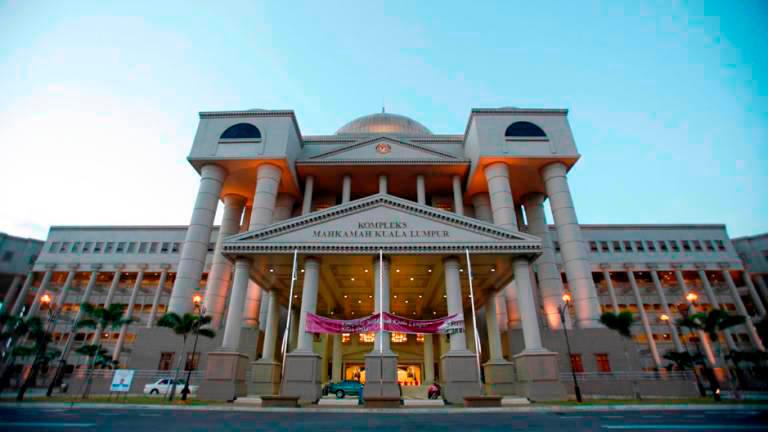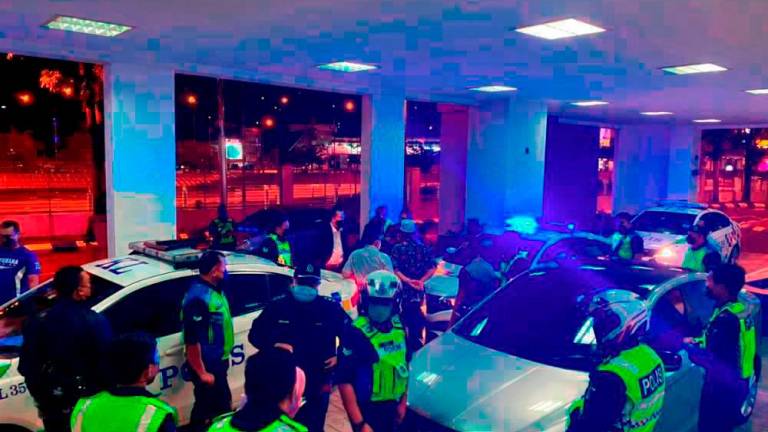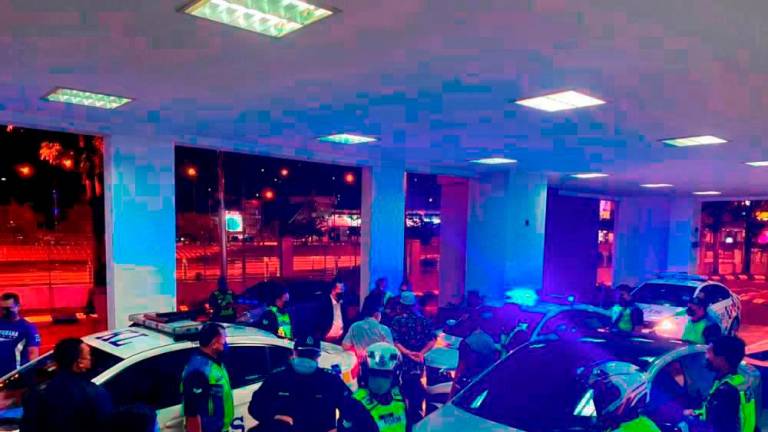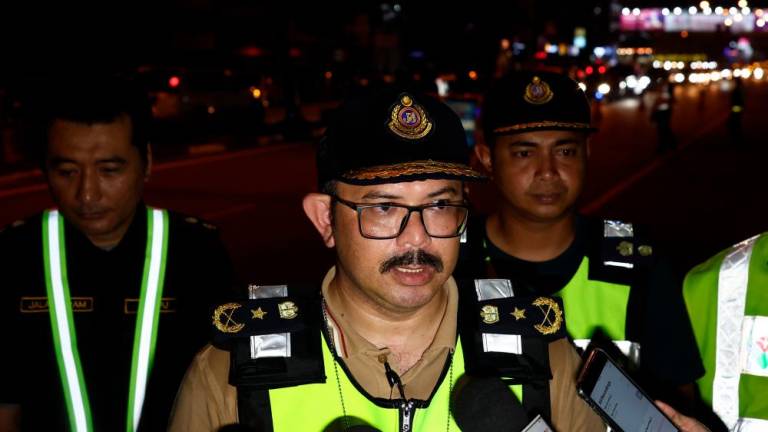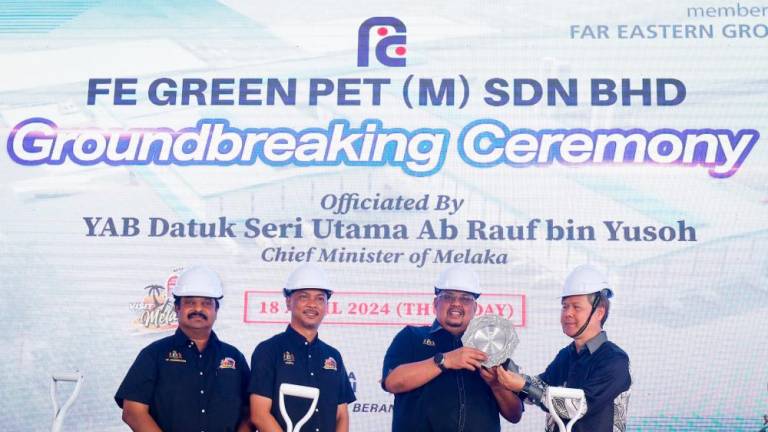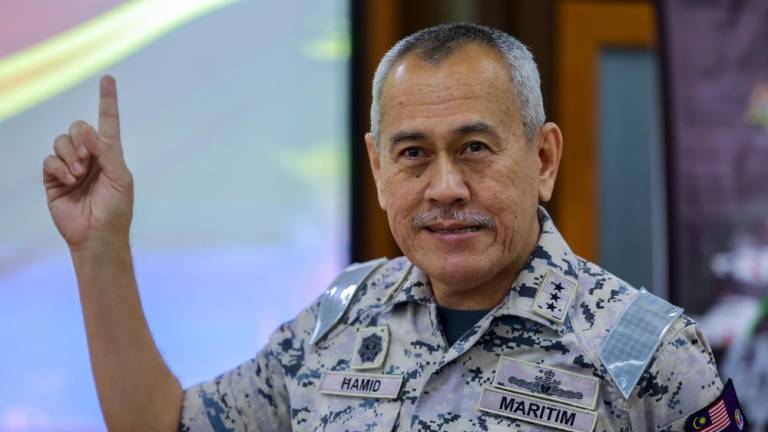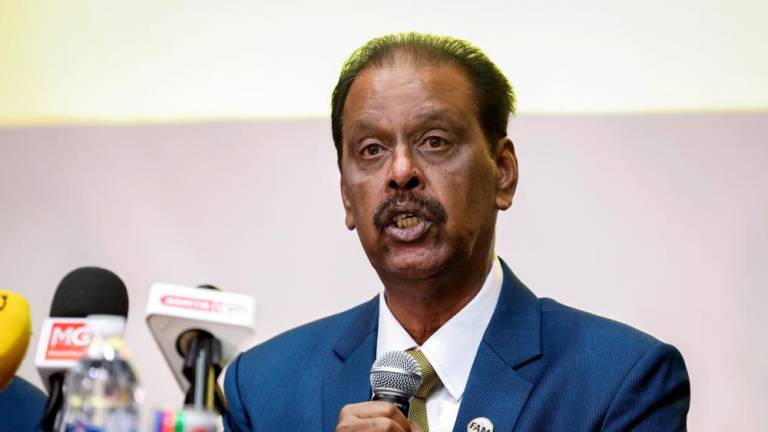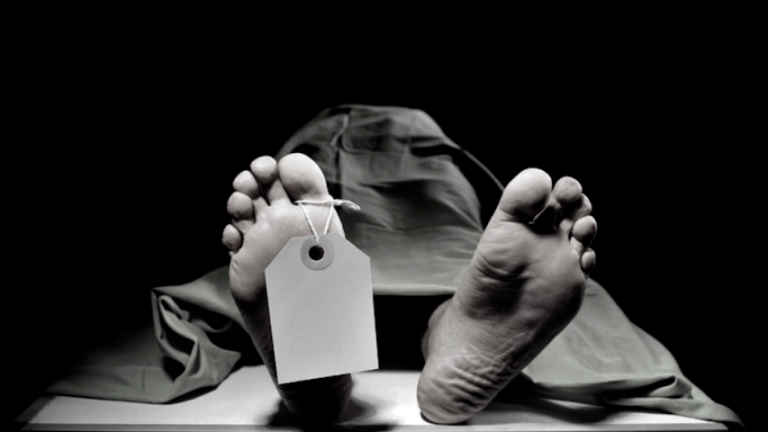THE new year is upon us, and we do need to focus on pushing forward with a streamlined agenda in maintaining the impetus on public transport. For those using the Kelana Jaya LRT line, there was some good news with the increase of trains between Gombak and Ara Damansara from Jan 2.
And honestly, it is about time that Prasarana looks at how to make the rail lines more viable and reliable during rush hour, especially with the launch of monthly passes by the Transport Ministry.
However, public transport cannot simply be encouraged with a monthly card costing RM100 or RM50.
For example, those of us who decided last Christmas to head to Bukit Bintang via the MRT were shocked at how the scene at the station was like the crowd and madness of London’s Oxford Street during peak hours.
It shows that there is a demand for a line from Sungai Buloh and Kajang – more likely the Damansara area, to head to Kuala Lumpur’s Golden Triangle during festive seasons.
But more importantly, it showed that people could afford the time and cost to take a train rather than drive their families into town.
So, what makes it different to take public transport on a normal working day?
Reliability. If we all had ample time as we do on the weekends and public holidays, we wouldn’t be so worried when a feeder bus takes 20 minutes to get to the station.
See, the one limit of our public transport is the part from home to the station, and from the station to the office. What most people call the “last mile” journey – and this is where Prasarana fails.
Unfortunately for Prasarana, Malaysia does not have the climate to encourage people to walk block by block without a care about generating body odour, as they might do in Tokyo, London or New York. Though, for Tokyo, it is apparently also genetic.
While I support humane treatment of bus drivers, I have to point out the annoyance of many who take the feeder bus to have to wait 10 to 20 minutes for the vehicle to move out of the parking bay, just to get home or to the office.
For those of us in Damansara Perdana, it does not help that you have to wait in the dust and noise. At times we even wonder if the contractor is adhering to safety standards whenever its workers take off their hard helmets and start smoking on the Damansara Shah Alam Highway (DASH) worksite right in the middle of Jalan PJU 8/1.
We need a steady, unending, flow of buses for the last mile to act as the feeder for the stations either from office buildings or from the apartment complexes and homes, to get people to take the trains daily for their commute.
Until this is realised, I think we are kidding ourselves if we believe every worker in Kuala Lumpur will choose not to drive into the city and use a RM100 rail pass because urban Malaysians do value reliability, time and comfort.
While the bus service is somehow seen as playing a role for lower-income groups, it seems that buses are being abandoned where they should play the biggest role – in universities. For some reason, the government seems to insist on building petrol stations in public universities rather than look into providing mass transport options on campus.
It was just three years ago that we had students telling us they didn’t have enough money to eat, and now we want to build petrol stations in universities to encourage them to start driving cars.
If we are pushing for future generations to use public transport for RM50 or RM100, then we do need to look at having a reliable network of buses serving schools, universities and commercial areas.
There is truly no valid reason for people in Kuala Lumpur not to be able to find parking bays and choosing to park illegally – I mentioned “valid reason” because the reasons for such an issue are because nobody wants to pay for parking or walk from the parking lot to their shops.
One can always park at KLCC to walk to Pavilion and vice versa, or park at Phileo Damansara to take the MRT into the city, or even park at home and take a GrabCar so they wouldn’t have to worry about parking, or even walk to the corner 7-Eleven.
The errant motorists just don’t do it because no action is taken against them. And that is why local councils should without fear or favour tow away cars parked illegally in commercial areas during peak hours.
If Malaysians truly want a new Malaysia, they need to make a resolution to change their habits – perhaps walk a bit further or not park illegally along a busy road.
Hafidz Baharom is a public relations practitioner. Comments: letters@thesundaily.com








